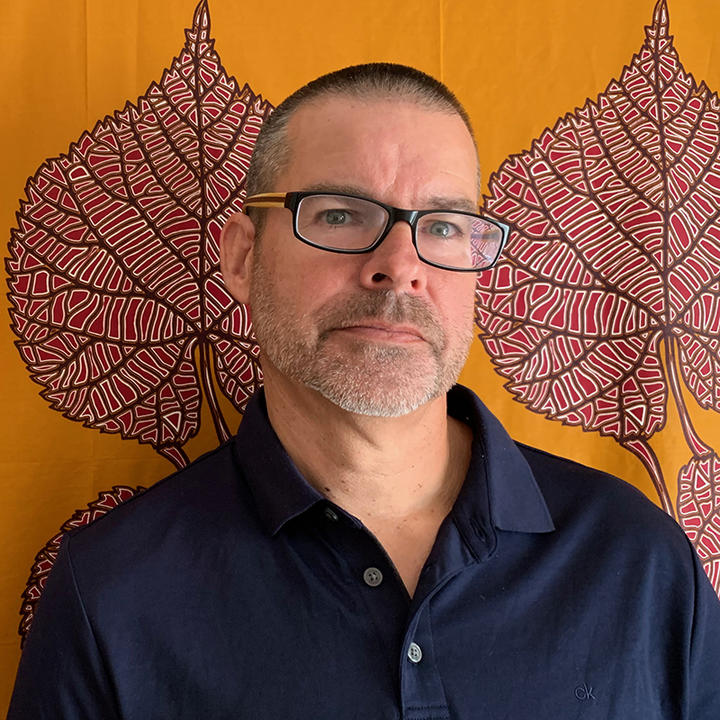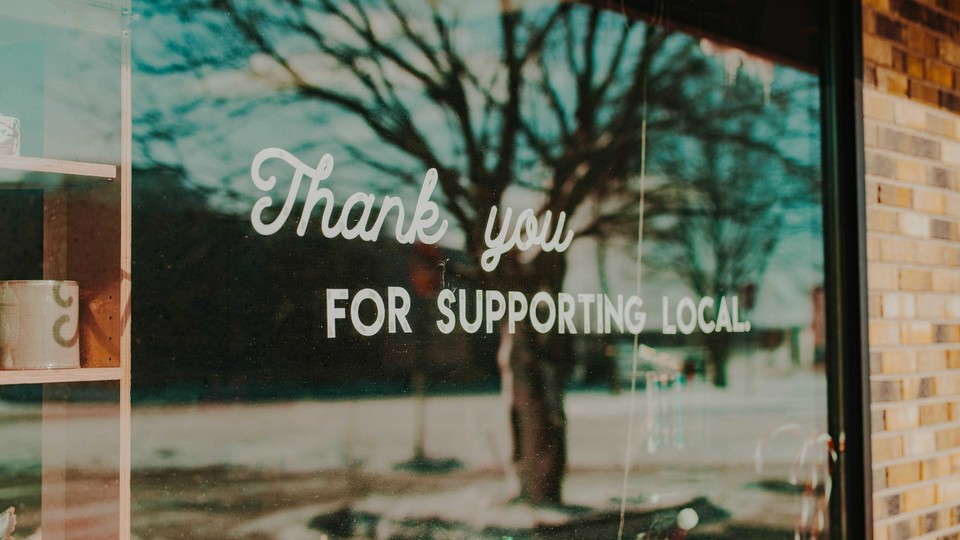
Meal Plan
Without a coordinated fight against hunger, the hungry don’t eat.
Based on research by Douglas Schuler and Balaji Koka
In the effort to bring healthy food to Houston’s food deserts, as in other humanitarian endeavors, there was no single coordinating agency to keep all the groups in line, so priorities tended to shift over time. The result? The long-term goal of finding a sustainable solution to food insecurity loses out to the short-term incentives of outperforming other organizations.
Key findings:
- Collaboration is often seen as the best way to solve humanitarian issues.
- But institutional barriers from donors or governments, along with a competitive mindset, can impede collaboration.
- New thinking about donors, public policies, backbone organizations and the mindset of organizational leaders is needed to prompt widespread collaboration.
Say you work for an organization fighting famine in the Horn of Africa. Thousands of refugees cross the borders there in dire need of attention. Lacking food, water and shelter, most are malnourished, and many are suffering from contagious diseases.
Your organization is tasked with helping these people. But there are dozens of other organizations that also want to help. Some focus their efforts on promoting human rights, others on providing medical care, still others on distributing food. Each group wants to be seen as a leader, partly to attract more donor and government support.
So what happens? At first, there’s a spirit of cooperation. There are so many people who need help and not enough hands to do it all. As more organizations arrive, however, competition creeps in. The refugees begin to suffer as support becomes less coordinated. What started as an emergency evolves into a full-blown catastrophe. Finally, it becomes clear that without concerted action, hundreds or even thousands of lives will be lost. How can these competing organizations, all of whom have the refugees’ best interests at heart, band together to serve them better?
Rice Business professors Douglas A. Schuler and Balaji Koka set out to discover what factors can bring organizations together to solve a humanitarian problem – and what factors ultimately drive them apart. To study the challenges, they examined similar issues affecting Houston’s food deserts: areas where residents have limited access to affordable, nutritious food.
Half a million Houstonians live in areas the USDA defines as food deserts, most of them in predominantly minority and lower-income communities. And nearly three-quarters of a million Houstonians don’t know where their next meal is coming from – a statistic that puts the city above the national average for food insecurity and has drawn the attention of a number of charitable organizations.
Schuler and Koka observed that while there was some degree of cooperation between these organizations, there was also considerable discord. Informal coalitions and collaborations did help deliver quality food to those who needed it, but the coordination wasn’t systematic, which meant that the problem of food insecurity was a long way from being resolved.
Why would it take multiple organizations to tackle this issue? One factor had to do with ambiguity in the ways different groups perceived the problem. Some groups saw food scarcity as a nutritional issue, and others as a matter of injustice. Still others saw it as a reflection of the need for community agriculture. The sheer variety of definitions meant there was an opportunity for multiple groups to work the problem from different perceptual angles.
Each group also defined its target demographic in a different way, the researchers found, which meant that their combined efforts helped a large and diverse group of people.
Actually solving the problem, however, would take more than multiple groups with multiple approaches. While the groups could work together in loose coalitions, there were barriers that prevented them from working together systematically. The first was bureaucratic: funding institutions and government agencies often imposed requirements that limited the flexibility of aid workers.
In some instances, these institutions actually created disincentives to systemic collaboration. Funders tended to focus on quick metrics, such as number of meals served, pounds of food distributed or number of children enrolled in a nutrition or gardening program. The researchers also found that donors might make just a short-term commitment, funding programs for a year or two to address problems that could take a decade or more to actually solve. Similarly, public policy often worked against collaboration by imposing tight parameters on the kinds of services that could be offered.
Under these circumstances, Schuler and Koka concluded, it was more likely that organizations would compete with each other than work together. In the effort to bring healthy food to Houston’s food deserts, as in other humanitarian endeavors, there was no single coordinating agency to keep all the groups in line, so priorities tended to shift over time. The result? The long-term goal of finding a sustainable solution to food insecurity loses out to the short-term incentives of outperforming other organizations.
But there are ways to encourage teamwork even among unrelated groups. Funders and government agencies should be willing to invest more in capacity-building efforts, the researchers concluded, and to move away from measuring short-term programmatic outputs, such as the number of meals served by a particular pantry in a single day. Shifting to a long-term understanding of a problem would limit the competitiveness that creeps in when groups vie for better quarterly metrics to attract grants and donations. Other measures to promote cooperation might include forming a backbone organization to coordinate services across disparate organizations.
Importantly, Schuler and Koka argue, organizations could make great strides by changing their mindset from one of competition to one of cooperation. They argue that organizational leaders need to refocus their efforts on core social goals instead of private organizational goals. The goal of humanitarian aid, after all, is not to please donors, but to help people in need. And getting credit for your good work only matters if that work alleviates people’s suffering – now and in the future.
Schuler, D. A. & Koka, B. R. (2019). "Challenges of social sector systemic collaborations: What’s cookin’ in Houston’s food insecurity space?" Kinder Institute for Urban Research, Rice University.
Never Miss A Story




